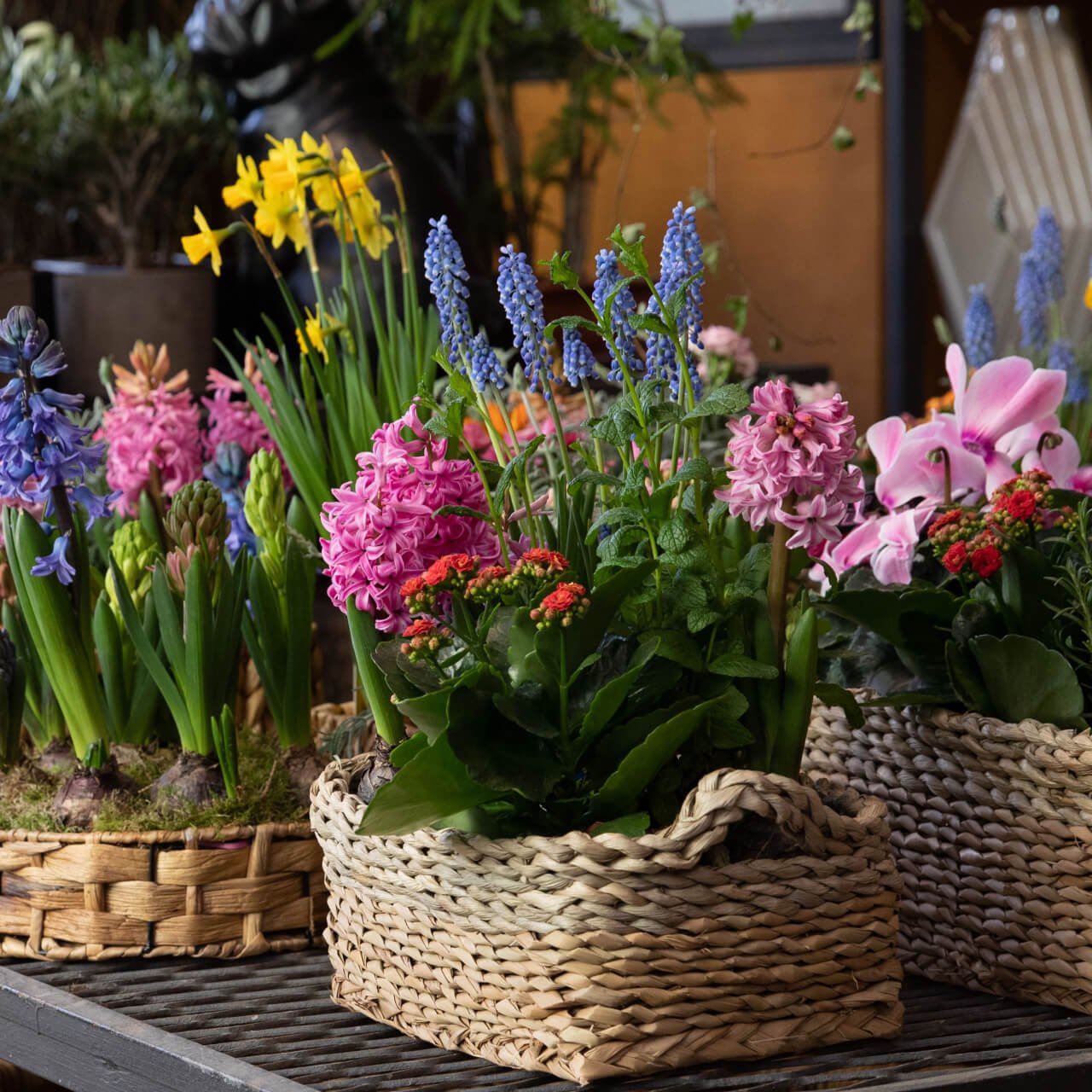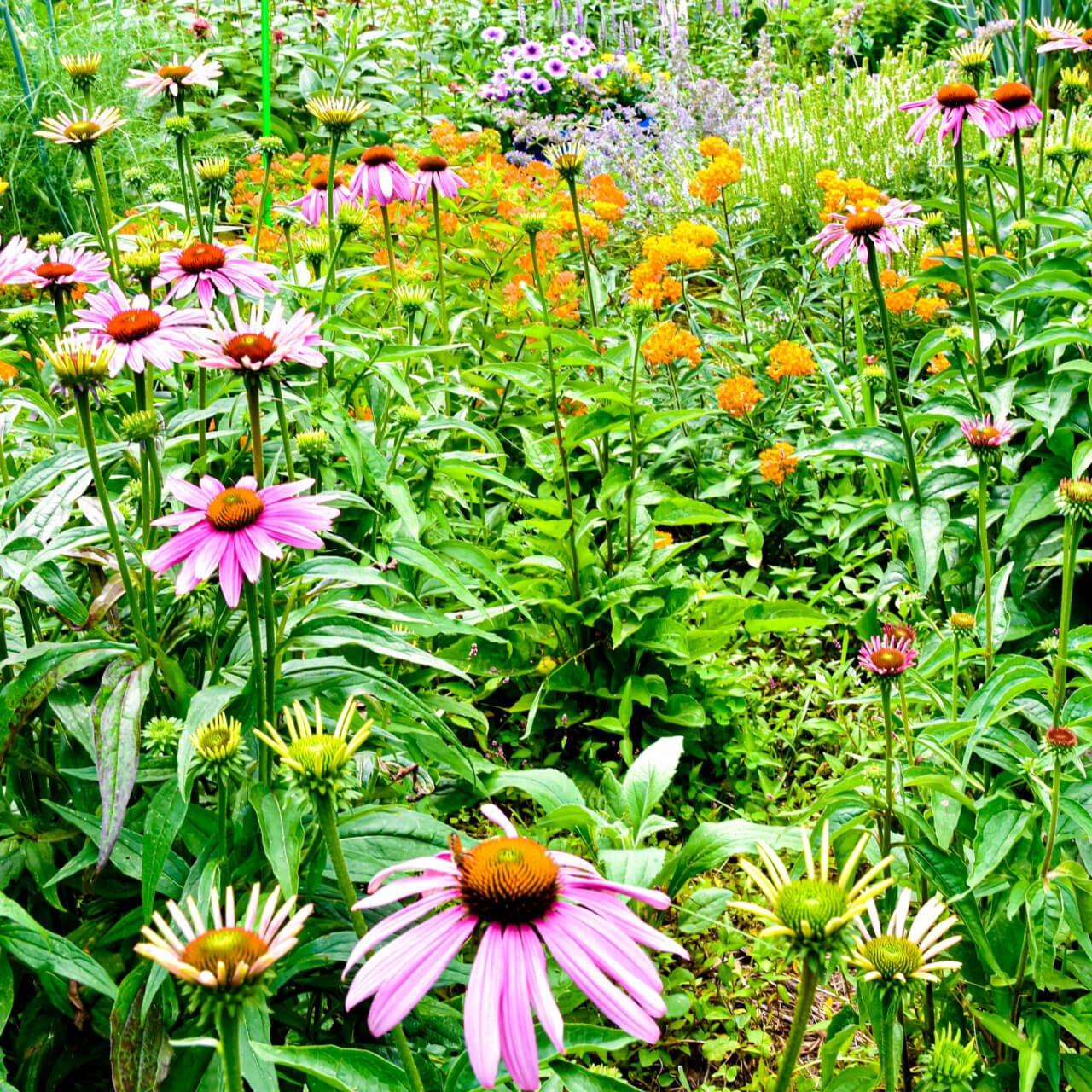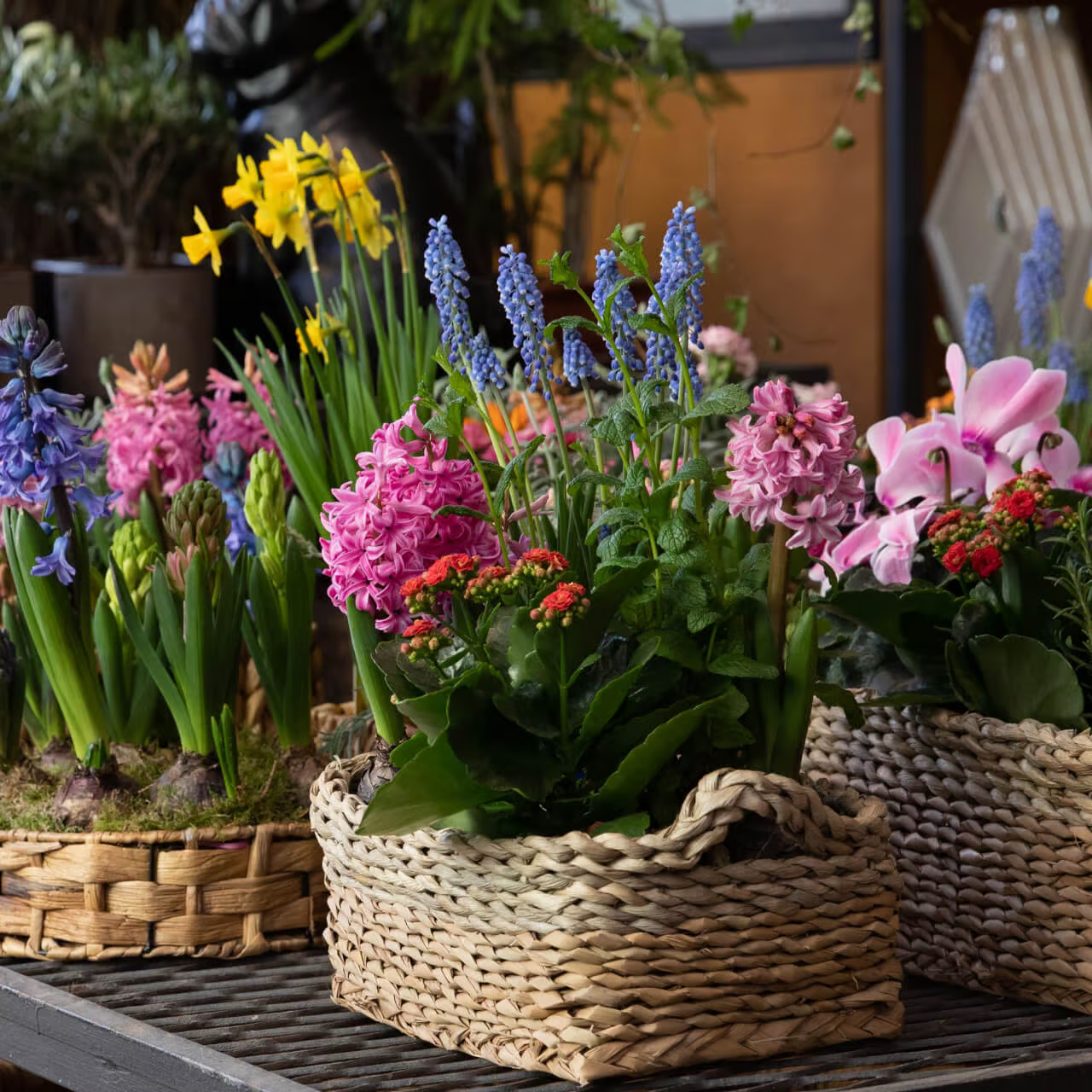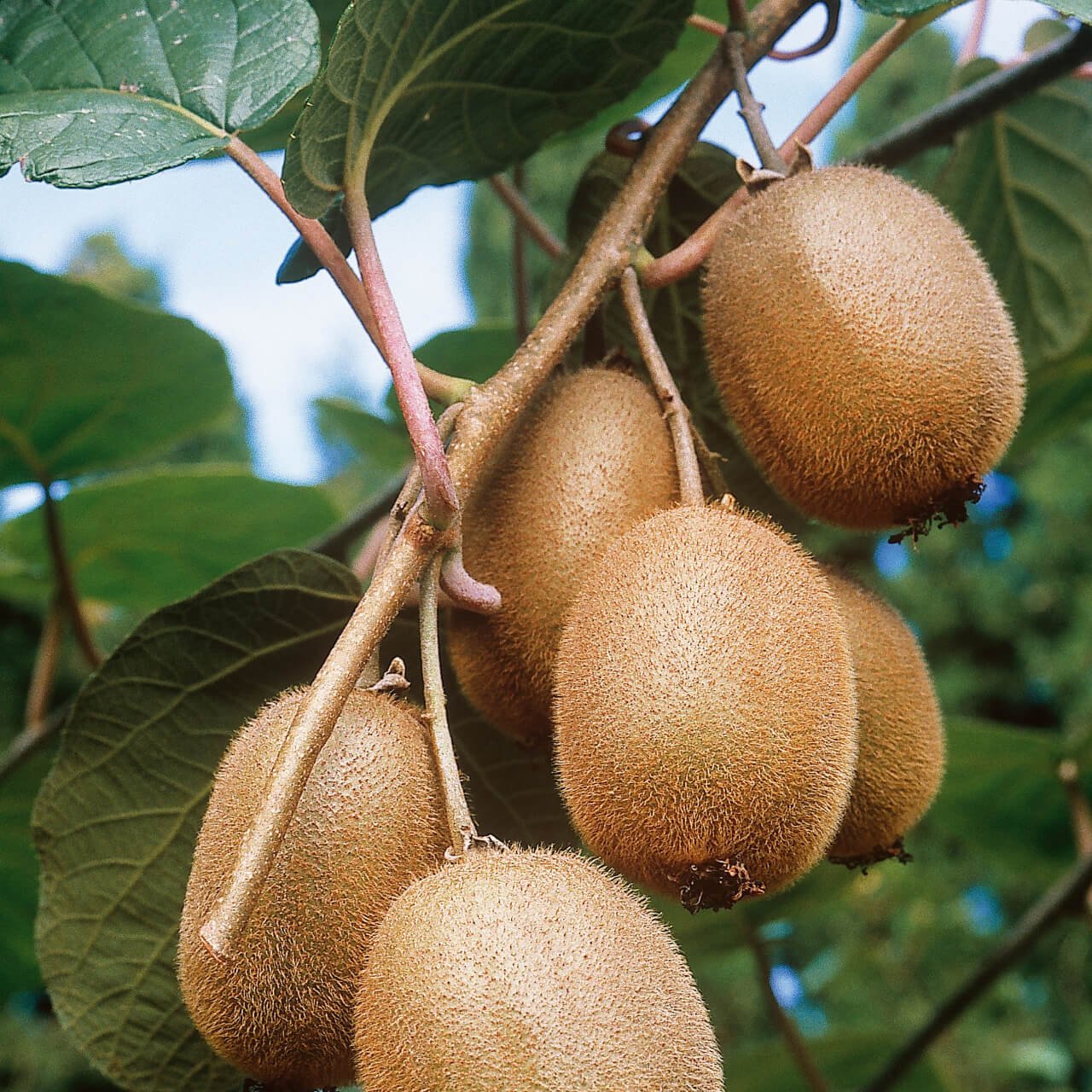



Blooming Plant Box - 25 Mixed - Perennials & Climber Groundcover Vines - Chosen Perfect For Your Zone
Enhances garden's visual appeal
Attracts beneficial pollinators
Creates a natural privacy screen
Thrives in
ZONE 3ZONE 4ZONE 5ZONE 6ZONE 7ZONE 8ZONE 9This plant ships:
Ships Week of May 12th1 Year Guarantee on all plants
The aesthetic enhancement of planting blooming perennials and flowers. The aesthetic enhancement of planting blooming perennials and flowers can significantly enhance the beauty and appeal of any outdoor space, whether a garden, a backyard, or even a balcony. Here are some ways in which planting blooming perennials and flowers can enhance aesthetics:
These plants ship bare-root and dormant (no leaves or foliage). It will not green out until next spring.
Blooming Plant Box - 25 Mixed Blooming Perennials Groundcovers
Colorful Display: Blooming perennials and flowers bring color to any landscape. You can choose various flowers with different colors to create a visually appealing display. Consider the color scheme of your outdoor space and select flowers that complement or contrast with it. Seasonal Interest: By choosing a range of perennials and flowers that bloom at different times of the year, you can ensure that your outdoor space remains vibrant and beautiful throughout the seasons. Plan your plantings strategically for continuous blooms from early spring to late fall.
Texture and Form: Flowers come in various shapes, sizes, and textures. You can create a visually exciting landscape by incorporating different flower types, such as roses, lilies, daisies, and asters. The contrast in form and texture adds depth and complexity to the overall aesthetic. Fragrance: Many blooming perennials and flowers have delightful scents that can add another dimension to your outdoor space.
Consider planting fragrant flowers like roses, lavender, jasmine, or sweet peas to create a sensory experience that pleases both the eyes and the nose. Pollinator-Friendly: Planting flowers that attract bees, butterflies, and other pollinators enhances their aesthetics and promotes a healthy ecosystem.
Pollinators are essential for the reproduction of many plants and contribute to biodiversity. Choose nectar-rich flowers like coneflowers, zinnias, or bee balm to attract pollinators. Height and Structure: Incorporate flowers with varying sizes and structures to add visual interest to your garden.
Combine tall flowers like delphiniums or hollyhocks with medium-sized flowers like salvia or geraniums and groundcover flowers like creeping phlox or alyssum. This layering effect creates depth and makes the landscape more appealing. Foliage Contrast: Blooming perennials often come with attractive foliage that can provide visual interest even when the flowers are not blooming.
Enjoy Your Blooming Plant Box Variety
Consider plants with different leaf shapes, colors, and textures to create a diverse and visually pleasing garden. Focal Points: Use blooming perennials and flowers as focal points or accents within your landscape design. Place them strategically in critical areas, such as near entrances, along pathways, or in containers, to draw attention and create visual focal points.
Blooming Plant Box Perennials Live For Years
When selecting plants for your specific location, remember to consider factors such as sunlight requirements, soil conditions, and hardiness zones. You can create a visually stunning and aesthetically pleasing outdoor space by carefully planning and choosing a mix of blooming perennials and flowers.
Order Your Blooming Plant Box From TN Nursery Today!
This Is How Your Plants Will Look upon Delivery
Bloom Season
Summer
Bloom/Foliage Color
Mixed
Height at Maturity
Over 12"
Care
Consistently water blooming plants to keep the soil moist but not soggy. Use balanced fertilizer during the growing season and remove spent flowers to promote new blooms. Mulch aids in retaining soil moisture and preventing weed growth.
Plant Reproduction
Blooming Plant Box reproduces by seeds, cuttings, or division.
Shipping date depends on the date displayed and chosen when you order from the product's page.
We only accept returns on plants verified dead. If you think your plants have died, we offer a 1 year warranty, please use this File a Claim Link to verify dead plants and start with return warranty process.






Blooming Plant Box - 25 Mixed - Perennials & Climber Groundcover Vines - Chosen Perfect For Your Zone

Fragrance:
Many blooming perennials and flowers offer delightful scents, enhancing your outdoor space with a sensory experience. Plant fragrant varieties like lavender or jasmine to please both the eyes and the nose.
Colorful Display:
Blooming perennials and flowers bring vibrant colors to any landscape. Select a variety of flowers in different hues to create a visually appealing display that complements or contrasts with your outdoor space.
Height and Structure:
Use flowers of varying heights and structures to add visual interest. Combine tall flowers like delphiniums with medium-sized ones and groundcovers to create a layered, dynamic garden.
Space Efficiency:
Climber groundcover vines are perfect for maximizing vertical space, making them ideal for smaller gardens or areas with limited ground space. Transform unused areas into vibrant garden highlights.
Caring Tips
How do I care for my Blooming Plant Box - 25 Mixed - Perennials & Climber Groundcover Vines - Chosen Perfect For Your Zone?
Each box contains detailed care instructions and information about your product. But here's the basics.
Care Tips
Consistently water blooming plants to keep the soil moist but not soggy. Use balanced fertilizer during the growing season and remove spent flowers to promote new blooms. Mulch aids in retaining soil moisture and preventing weed growth.
Light Requirements
Blooming plants generally thrive in full sun, requiring at least 6-8 hours of direct sunlight daily. Some varieties can tolerate partial shade, but consistent exposure to full sun is typically essential for optimal flowering and vibrant blooms.
Hardy Planting Zones
3 • 4 • 5 • 6 • 7 • 8 • 9
Header
Use this content to share information about your store and products.
Frequently Asked Questions
How often should I water my plants?
How do I know if my plant is getting too much or too little sunlight?
What should I do to prepare my plants for winter?
What are the signs that my plant needs fertilizing?
How can I prevent pests from damaging my plants?
How do I choose the right plant for my climate zone?






